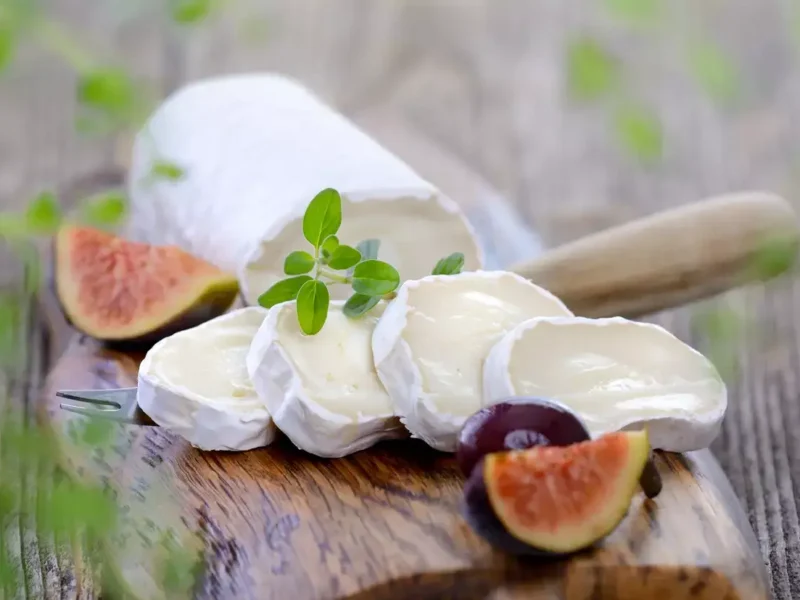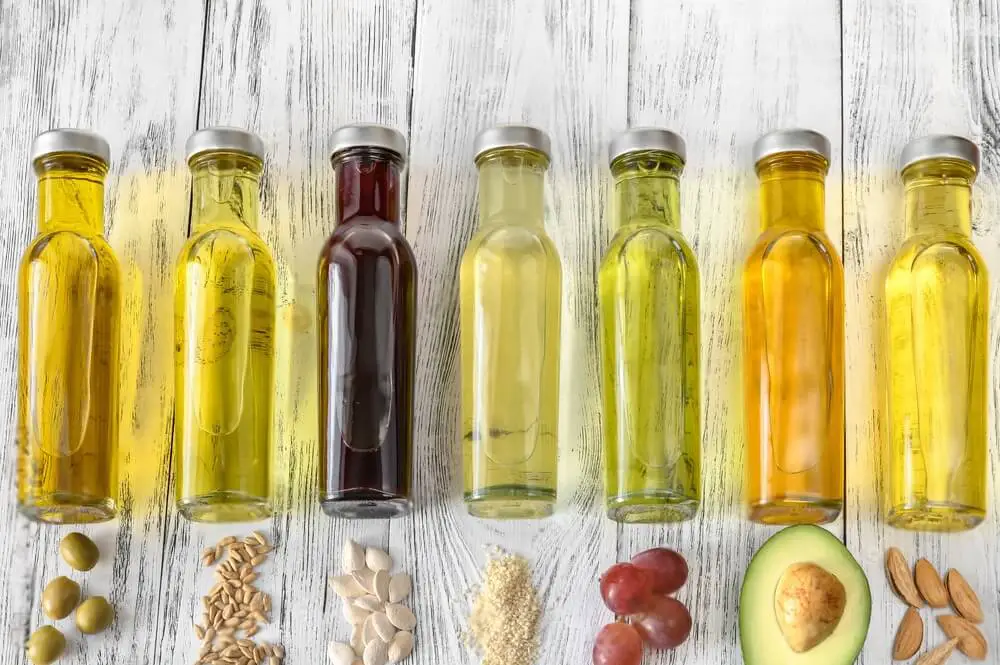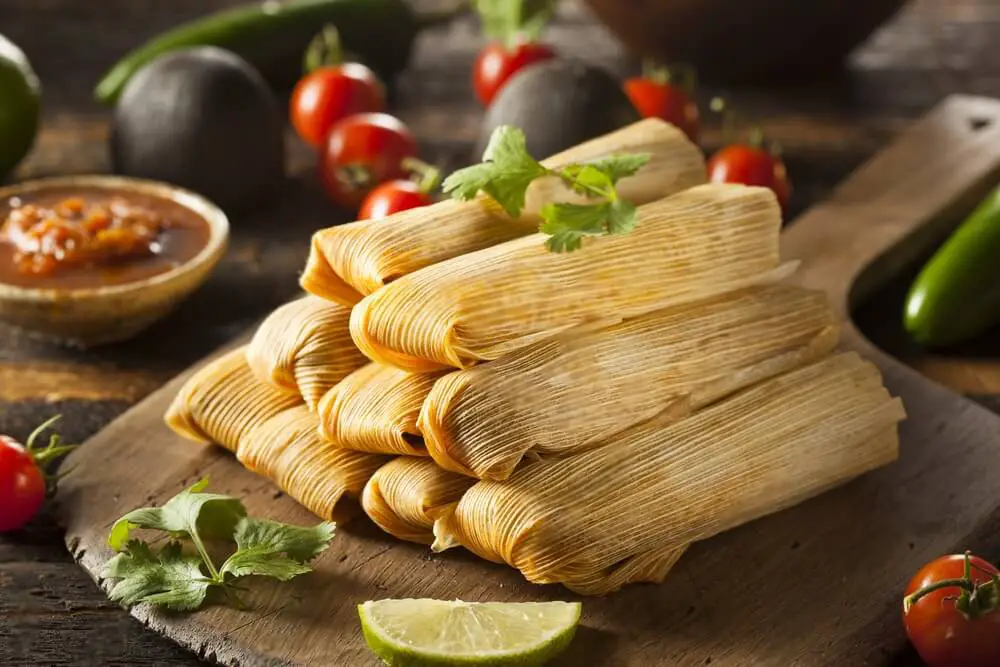So, you’ve ventured into the eclectic world of cheeses, and now you find yourself standing in the dairy aisle, eyeballing that log-shaped wonder known as goat’s cheese. But wait, a burning question sizzles in your mind – does goat’s cheese melt? Fear not, my curious culinary explorer, for we’re about to embark on a cheesy journey that’ll unravel the mysteries of goat’s cheese and its melting tendencies.
Does goat’s cheese melt like other cheeses?
Let’s address the burning issue right out of the gate. Does goat’s cheese pull a disappearing act when exposed to heat? Well, buckle up, cheese enthusiasts, because goat’s cheese is no Houdini in the melting game.
The Softening: Unlike its cow’s milk counterparts like mozzarella or cheddar that gracefully transform into gooey bliss under the warmth of an oven’s caress, goat’s cheese takes a detour. Picture this – instead of a dramatic melt, it opts for a softening serenade. It’s like a cheese ballet, where goat’s cheese pirouettes into a more spreadable form, a culinary chameleon, if you will.
The Acid-Coagulated Twist: Here’s the science behind the drama. Goat’s cheese is an acid-coagulated cheese, made with acids that bind its proteins with a grip tighter than your favorite skinny jeans after Thanksgiving dinner. Heat tries to break these ties, but goat’s cheese stands resilient. It won’t surrender to a complete melt, but oh boy, it does soften, and that’s where the magic begins.
The Oven Dilemma
Now, you might be thinking about giving goat’s cheese a spa day in the oven. Can you bake it into submission? Well, not exactly. Goat’s cheese won’t bow down to the heat like a mozzarella ninja, but it sure knows how to charm its way into your dishes.
Soft and Gooey, Not Melted Magic: Pop that goat’s cheese in the oven at the right temperature, and voila – it won’t melt like a snowman in summer, but it will get warm, soft, and slightly spreadable. Some types might even retain their shape, soften in the center, and tan a bit on the outside – a culinary sun-kissed glow.
Pizza, Subs, and Casseroles: The oven dance is ideal for pizzas, subs, and casseroles. Goat’s cheese won’t spread like butter on a hot skillet, but it will bring a soft, gooey embrace to your culinary creations.
How can I make goat’s cheese more spreadable?
So, you want your goat’s cheese to be more cooperative, more spreadable? Let’s play kitchen chemist.
The Milky Rescue: Grab a tablespoon of milk or cream, add it to your goat’s cheese, and give it a good mix. It’s like adding a drop of wisdom to your chaotic day – everything smoothens out. This simple trick turns your goat’s cheese into a spreadable Picasso, ready to adorn your dishes with savory strokes.
Blending Elegance: Feeling a bit fancy? Throw that goat’s cheese into a blender with some cream or cream cheese. But beware, it’s a delicate dance – over-blending could lead to a separation tragedy. Blend, but blend with respect.
Room Temperature Rendezvous: If you’re not a fan of dairy meddling, let your goat’s cheese soak up the room vibes. Leave it out for 30 minutes to an hour, and watch it transform. But beware, it’s a clock-ticking affair – linger too long, and you might witness the unfortunate demise of your cheese.
What is the ideal serving temperature for goat’s cheese?
Alright, you’ve wrangled with melting dilemmas, softened the cheese, and now it’s time to serve. What’s the magic number for goat’s cheese bliss?
Sweet Spot: Picture this – the ideal serving temperature is a cozy 67 to 70 degrees Fahrenheit. It’s like a warm hug for your goat’s cheese. Cold is okay, warm is alright, but this temperature range is where the aroma, flavor, and texture converge in a delightful symphony.
Taste and Texture
Let’s dive into the sensory realm of goat’s cheese. It’s a love-it-or-hate-it affair, a tantalizing dance of flavors and textures that may just convert you into a goat’s cheese aficionado.
Aroma Extravaganza: Brace yourself for a tangy aromatic explosion. Some say it smells a bit too “goaty,” but hey, that’s the charm. If it smells rancid, though, it’s time to bid adieu.
Tart, Earthy, and Buttery: It’s a flavor rollercoaster. Imagine a tart sensation, intertwined with mild earthy and buttery notes. It’s like a gourmet adventure, with every bite unveiling a layer of complexity.
Texture Tango: Initially soft and slightly spreadable, goat’s cheese matures into a firmer delight as it ages. Creamy flavors intensify, creating a culinary crescendo that might just make you a fan.
Can I make a sauce with goat’s cheese on the stovetop?
Goat’s cheese, the elusive non-melter, even challenges the stovetop. Fondue dreams and saucy aspirations may seem far-fetched, but fear not, intrepid chef, there’s a way to coax goat’s cheese into a saucy affair.
Whip It Good: To conjure a goat’s cheese sauce, whip it with cream cheese over the heat. Stir this cheesy duo, let them cozy up, and witness the birth of a saucy consistency. It might not be a silky-smooth affair, but it’s a close encounter with melted-like magnificence.
How do I know if goat’s cheese is still good to eat?
As you delve into the world of goat’s cheese, a pressing question looms – how to decipher if it’s still edible or inching towards the dark side?
Sniff Test: The aroma of goat’s cheese is meant to be strong and tangy, but not rancid. If it hits sour and rancid notes, consider it a culinary caution sign.
Mold Patrol: Keep an eye out for unwelcome guests. If mold decides to throw a party on your goat’s cheese, it might be time to revoke its invitation.
Texture Tango Redux: A change in texture, be it slimy or unnaturally hard, is another red flag. Goat’s cheese should be soft, not staging a texture rebellion.
Certainly! Let’s add a section of Frequently Asked Questions (FAQs) to provide more clarity and address common queries about goat’s cheese.
FAQs
Can I use goat’s cheese as a pizza topping?
Absolutely! While it won’t melt and spread like mozzarella, goat’s cheese adds a unique softness and flavor when warmed in the oven. Think of it as a sophisticated twist to your pizza game.
Is goat’s cheese healthier than cow’s cheese?
Some types of goat’s cheese can be considered healthier. It’s generally high in calcium, protein, and healthy fats, making it a nutritious choice.
Can I leave goat’s cheese out of the fridge?
Yes, but not for too long. Leave it out for 30 minutes to an hour to soften, but prolonged exposure may lead to spoilage. Embrace the room temperature rendezvous with caution.
Can I blend goat’s cheese with other ingredients?
Certainly! Experiment with herbs, spices, or even fruits for a flavor explosion. Just ensure not to overpower the delicate taste of goat’s cheese.
Why does goat’s cheese have a strong aroma?
The tangy, strong aroma is a hallmark of goat’s cheese. While some find it distinct and enjoyable, if it ever leans towards rancid territory, it’s a sign of potential spoilage.
Can I use goat’s cheese in grilled cheese sandwiches?
bsolutely! While it won’t ooze like traditional cheeses, goat’s cheese adds a delightful creaminess and a unique flavor profile to your grilled cheese masterpiece.
Does goat’s cheese work well in salads?
Indeed! Crumble goat’s cheese over salads for a tangy kick. Its soft texture complements greens, nuts, and fruits, creating a salad symphony.
Can I substitute goat’s cheese in recipes calling for melted cheese?
It depends on the desired outcome. While goat’s cheese won’t melt like some cheeses, it can still bring a creamy, softened texture to various dishes.
Does the type of goat’s cheese affect melting properties?
Yes, indeed. Different varieties behave uniquely when exposed to heat. Some soften to a spreadable consistency, while others maintain their shape with a slight softening in the center.
What wine pairs well with goat’s cheese?
Goat’s cheese pairs wonderfully with Sauvignon Blanc, Pinot Noir, or a light, crisp Rosé. The acidity of these wines complements the tanginess of the cheese.
Can I freeze goat’s cheese?
Freezing may alter the texture, making goat’s cheese crumbly. If you decide to freeze, do so in an airtight container and be prepared for a change in consistency upon thawing.
Are there lactose-free options for goat’s cheese?
Yes, goat’s cheese is naturally lower in lactose compared to cow’s cheese, making it a potential option for those with lactose sensitivities.
Can I use goat’s cheese in desserts?
Absolutely! Goat’s cheese adds a savory twist to desserts. Try it in cheesecakes, tarts, or pair it with fruits for a delightful culinary surprise.
Does goat’s cheese age like wine?
Indeed, it does! As goat’s cheese matures, its flavors intensify, and the texture becomes firmer. Experiment with both young and aged goat’s cheese for diverse culinary experiences.
Can I mix goat’s cheese with herbs for added flavor?
Absolutely! Goat’s cheese is a versatile canvas. Experiment with herbs like thyme, rosemary, or chives to enhance its flavor profile.
Wrapping Up the Goat’s Cheese Odyssey
So, does goat’s cheese melt? Not in the way you might expect, but that’s the beauty of it. Goat’s cheese brings its own flair to the culinary stage, softening, spreading, and transforming without losing its unique charm.
From oven escapades to room temperature rendezvous, goat’s cheese is a versatile muse for your culinary masterpiece. Whether it’s a tangy aroma or a complex flavor profile, goat’s cheese isn’t just an ingredient; it’s a gastronomic adventure waiting to unfold.
So, next time you ponder the melting mysteries, embrace the goat’s cheese journey. It might not conform to the melt norms, but hey, who said culinary delights have to follow the script? Let your goat’s cheese escapade be a burst of creativity in your kitchen symphony.



